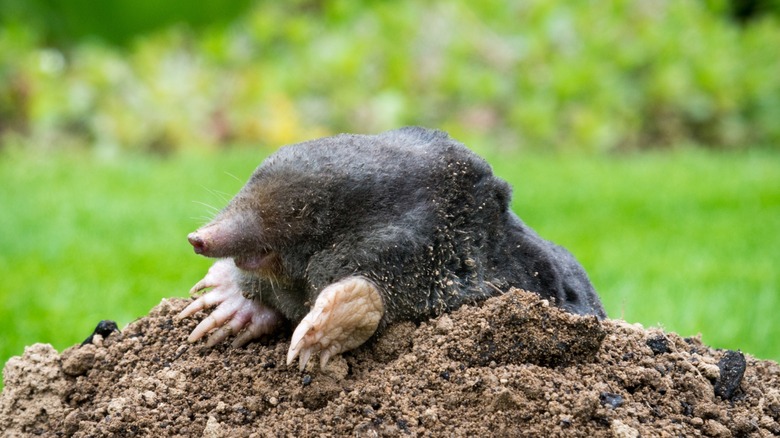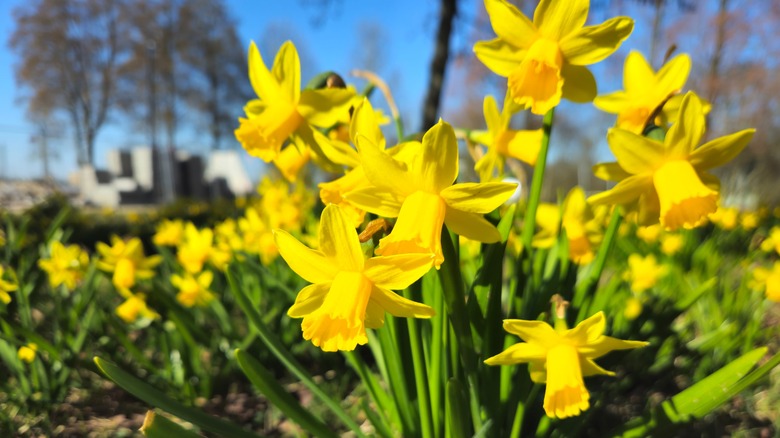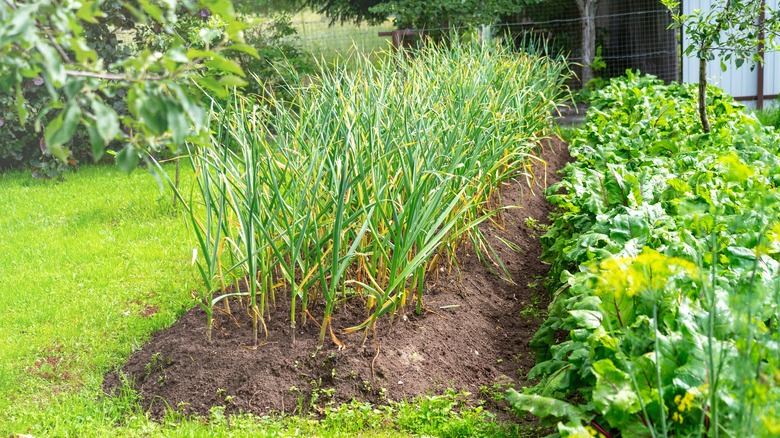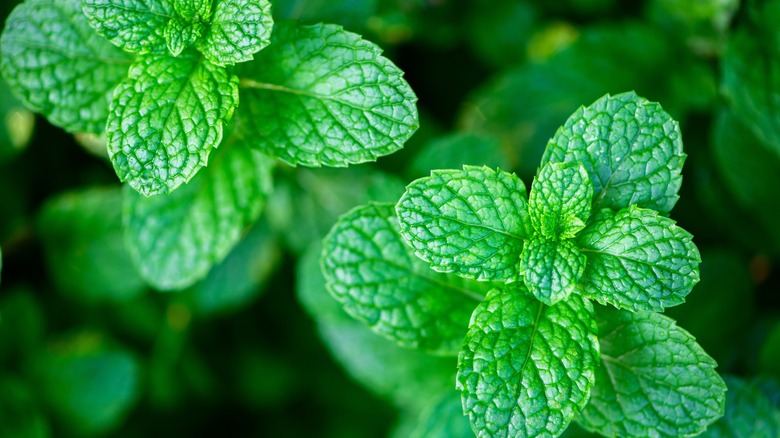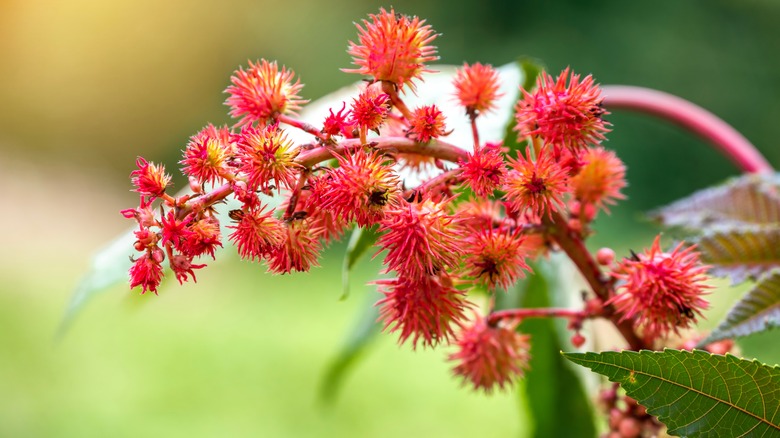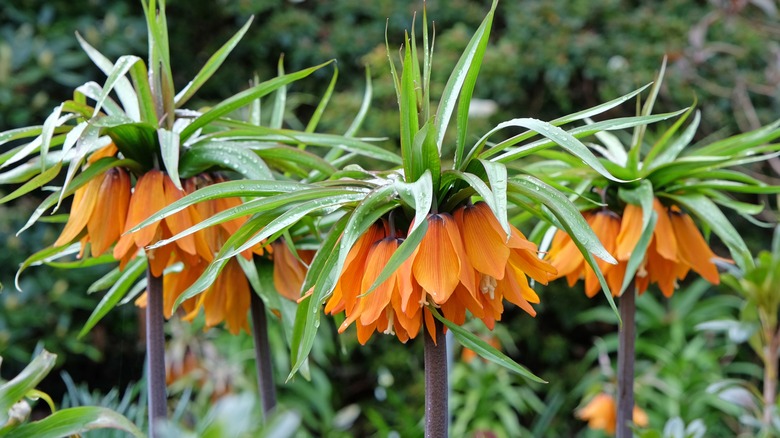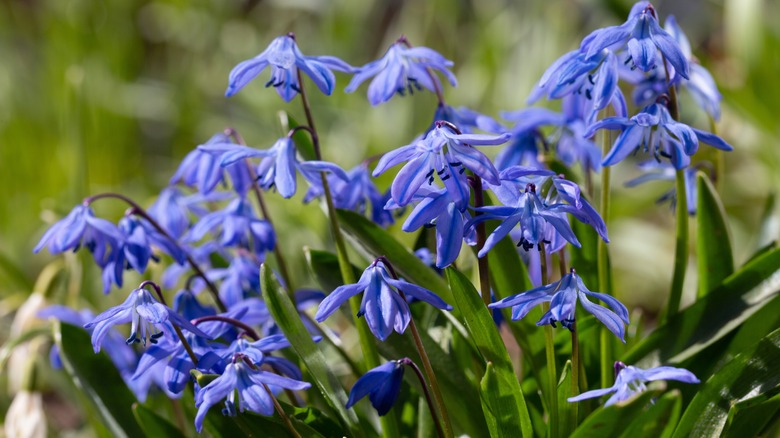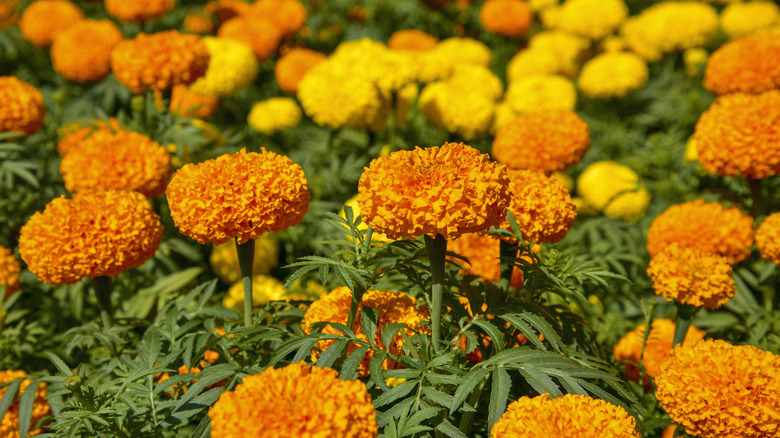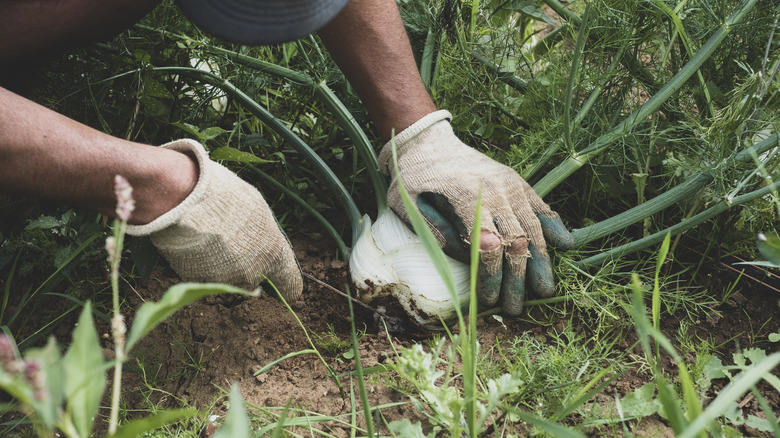Keep Moles Out Of Your Yard With The Help Of These 8 Plants They Cannot Stand
We may receive a commission on purchases made from links.
Moles can quickly turn your yard into a wasteland of holes as they dig up various insects and worms to eat, making volcano-shaped mounds in the process. If you're tired of moles visiting your yard and want a natural way to keep these mammals away, you can add a range of plants and flowers to do the trick. Moles don't eat plants, but they do smell them as they tunnel, looking for food. Multiple species have a pungent smell or toxin that drives moles or their food sources away from your lawn.
As they're almost completely blind, moles rely heavily on their sense of smell to navigate their way through your yard and elsewhere. This ability is so powerful that scientists have dubbed it "smell in stereo," where each nostril independently detects a smell, then sends individual signals to the brain. The mole is then able to figure out the direction the smell originates from and navigate accordingly. As they're trying to figure out their next dinner of earthworms, grubs, or insects, they're sniffing the whole way. Adding plants that moles can't stand stops them in their tracks so they detour away from your space, because of the toxicity or odor the plants feature. No single plant is scientifically proven as a 100% deterrent, however, so try planting these in conjunction with other methods to more thoroughly deter moles from terrorizing your yard.
Daffodils
Daffodils (Narcissus) are cheery perennial flowers that can brighten up any yard, but with that beauty comes a bonus: they're reportedly mole deterrents thanks to their toxicity. Moles will specifically avoid digging near the flowers' bulbs. Winter hardy in USDA Hardiness Zones 3 to 8, daffodils require acidic soil with good drainage. They also need full sun to partial shade. Since daffodils can also be toxic to people and other animals when ingested in large quantities, keep them away from children and pets. While moles often avoid them, some daffodils, like Narcissus poeticus and Narcissus jonquilla, attract pollinating bees.
Garlic
Growing your own garlic lets you not only get a savory ingredient for use in many dishes, but also repel moles at the same time. Known for its pungent and strong aroma, garlic can deter moles from invading your yard. Some gardeners even place crushed garlic in moles' tunnels to make them flee. Garlic is hardy in zones 4 to 9 and grows from individual cloves. Plant them 4 to 6 inches apart in well-drained soil, ideally in the fall, making sure to soak the soil with each watering. It prefers an area with 6 to 8 hours of sunshine daily.
Mint
Many pest control experts recommend using various types of mint to keep away moles. Try planting mint or peppermint, as the critters hate the powerful scent the herbs' leaves emit. Plant in an area with full sun to partial shade with moist, not soggy soil. Don't overwater, or you risk a chance of disease. To effectively use mint to repel pesky garden moles, keep in mind that these plants spread quickly, so they need regular maintenance or to be contained in a pot.
Castor bean
A widely-recommended mole deterrent, castor bean (Ricinus communis) is an evergreen that's also used to repel ticks. It's the source of castor oil, another common ingredient used against moles. Hardy in zones 9 to 11, castor bean demands moist soil in full sun. Castor bean features spiky flowers that brighten up landscapes, growing to 6 to 10 feet tall and 2 to 4 feet wide. It's highly poisonous, so use caution and avoid planting around children or pets. You should also wear gloves when handling to avoid a reaction in case of contact with broken seeds.
Crown imperial
The perennial crown imperial (Fritillaria imperialis) won't give moles a royal welcome to your yard, as moles avoid it due to the smell, often described as fox-like or garlicky. It's easy to grow and becomes drought-tolerant once established. Hardy in zones 5 to 9, it can flourish in most soils, but must have adequate drainage with full sun to partial shade. Crown imperial plants can grow up to 3 to 4 feet tall. The bulbs are edible when cooked but poisonous if ingested raw, so be careful planting around kids or pets.
Siberian squill
Though not as common as daffodils, Siberian squill (Scilla siberica) is also said to repel moles while decorating your yard with splendid blue flowers and attracting pollinators. It's highly poisonous, so moles likely avoid it. Gardeners will sometimes use it as a border plant or in a rock garden. It's hardy in zones 3 to 8, needs full sun to partial shade, and reaches 4 to 6 inches when mature. Fatalities are possible if any plant part is eaten, so avoid if pets or children are frequently in the yard. Gloves are also recommended, as it can cause skin irritation.
Marigolds
A classic flower for many yards, marigolds (Tagetes) repel the insects that moles prefer to eat, thanks to their natural pyrethrins. As a bonus, they give off a powerful smell that could serve as an extra deterrent. They aren't picky about soil as long it's well-draining and they can handle a range of light conditions. For the best blooms, plant in full sun. They'll grow up to 1 to 4 feet tall, but some species may surge up to 7 feet high.
Fennel
The same fennel (Foeniculum vulgare) you add to poultry and salads can be used against moles. The secret to its mole-repelling properties is the compound anethole, which studies show repels various insects. The perennial can grow in zones 4 to 9, and it requires full sun and well-draining soil. Insect problems are rare, as is disease, unless it's in overwatered soil which may cause root rot. If you have a vegetable garden, avoid planting fennel anywhere near tomatoes, eggplant, and bush beans, as it can inhibit their growth.
